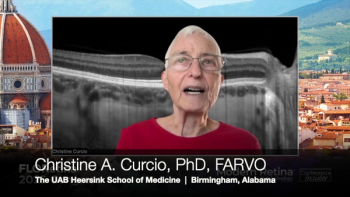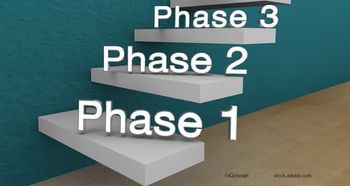
No consistent effect on refractive outcomes found when using a CTR
Using a capsular tension ring (CTR) implantation has been found to have no consistent effect on refractive outcomes compared with routine phacoemulsification in highly myopic eyes.
Using a capsular tension ring (CTR) implantation has been found to have no consistent effect on refractive outcomes compared with routine phacoemulsification in highly myopic eyes, according to results published in the Journal of Cataract & Refractive Surgery.
Dr Andrea M. Schild et al., University of Cologne, Germany, examined the effect that CTR implantation has on refractive outcomes in patients with high myopia. The researchers drew comparisons between phacoemulsification, IOL implantation with a CTR (CTR group) and without a CTR (control group). Optical biometry was measured using the IOLMaster and the power of the IOL was used to calculate the predicted postoperative spherical equivalent using the Haigis and SRK/T formulas. The main outcomes were the mean error and mean absolute error of the refractive prediction error.
The results demonstrated that the CTR group mean axial length was 29.1 mm and the control group mean axial length was 28.2 mm. No statistically significant difference was noted in mean absolute refractive prediction error between the CTR group and the control group with either formula. However, it was found that there was lower variance in the absolute refractive prediction error in the CTR group with both formulas.
It was revealed that when using a CTR a higher precision in refractive outcomes was obtained and there was no need to alter the IOL power calculation. However, there was no consistent effect on refractive outcomes in highly myopic eyes when using a CTR implant in comparison with phacoemulsification.
Newsletter
Get the essential updates shaping the future of pharma manufacturing and compliance—subscribe today to Pharmaceutical Technology and never miss a breakthrough.








































